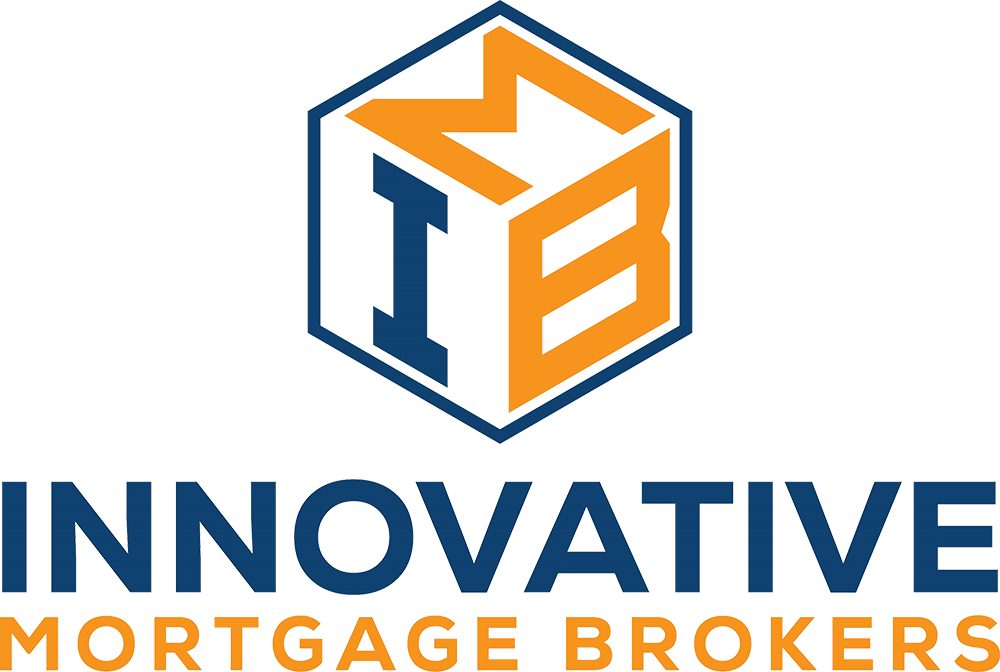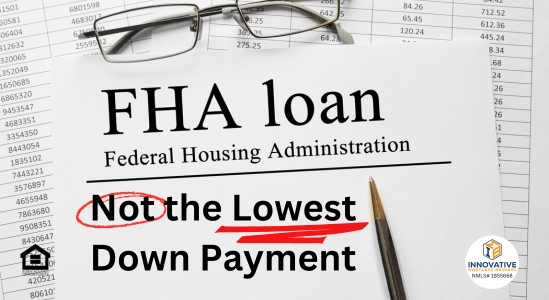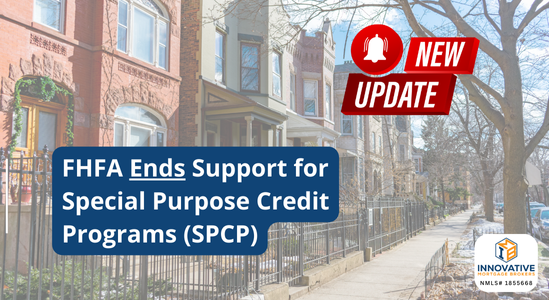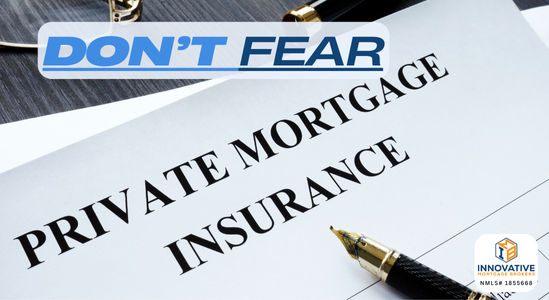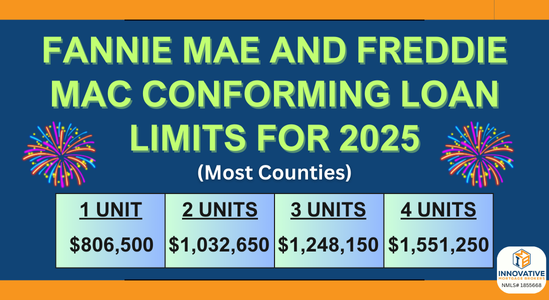What It Means for Borrowers and the Industry In a significant policy shift, the Federal…
Think FHA is the Lowest Down Payment? Think Again!
Discover how 3% down conventional loans rival FHA for first-time buyers.
Many prospective homebuyers assume that the FHA loans 3.5% down payment requirement is the lowest down payment option available. However, that’s not entirely true. For first-time homebuyers, conventional loan programs can offer an even lower down payment option of just 3%. Understanding these programs is essential for buyers seeking flexibility, affordability, and competitive terms based on their individual needs and circumstances. This article will clarify the differences between FHA and conventional loans, highlight specific benefits of the 3% down conventional options, and provide insights on qualifying requirements.
FHA Loans: The Basics and Their Limitations
FHA loans, backed by the Federal Housing Administration, are popular among first-time buyers because they offer more lenient credit score requirements and a minimum down payment of 3.5%. This low-down-payment feature is appealing for buyers who may not have substantial savings or for those with credit scores that don’t meet conventional loan requirements. However, FHA loans come with certain restrictions:
- Mortgage Insurance: FHA loans require both an upfront mortgage insurance premium (MIP) and monthly mortgage insurance, regardless of the down payment size. This can add significant costs over the loan term, especially compared to conventional loans. In conventional loans the mortgage insurance may be removed once a certain equity threshold is met, and they do not have upfront mortgage insurance premium (MIP).
- Property Requirements: FHA loans have more stringent property requirements and appraisals. Properties must meet specific safety, security, and structural integrity standards, which could limit options if the buyer is considering a fixer-upper or unique property type.
- Loan Limits: FHA loans are subject to loan limits set by location, which may restrict buying power in higher-cost areas.
While FHA loans offer accessible options, they may not be the ideal choice for every buyer, especially those with higher credit scores who might benefit from conventional financing.
Conventional Loans: Competitive Down Payments for First-Time Buyers
Conventional loans are not government-backed but rather offered by private lenders, with guidelines set by entities like Fannie Mae and Freddie Mac. For first-time homebuyers, conventional loans offer a 3% down payment option, which can provide advantages over FHA loans in several areas:
- Lower Monthly Costs: With a 3% down payment on a conventional loan, borrowers may avoid the ongoing mortgage insurance premiums required by FHA loans. Conventional mortgage insurance (PMI) is usually lower than FHA’s MIP and can be canceled once the borrower achieves 20% equity.
- Flexibility with Property Types: Conventional loans often have more flexible property requirements, allowing buyers to consider a wider range of property types, including those needing light renovations.
- Higher Loan Limits: Conventional loans typically have higher maximum loan limits, which can make a difference for buyers in areas with higher home prices.
Qualifying for a 3% Down Conventional Loan
To qualify for a 3% down payment on a conventional loan, first-time homebuyers must generally meet certain criteria. This type of loan can be a great alternative to FHA loans, especially for buyers with strong credit. Here are the typical requirements:
- Credit Score: Most lenders require a credit score of at least 620 for conventional loans with a 3% down payment, though some lenders may have slightly different requirements. A higher credit score can help secure better interest rates and lower mortgage insurance premiums, making homeownership more affordable in the long run.
- Debt-to-Income (DTI) Ratio: Lenders often require a debt-to-income ratio of 50% or lower for conventional loans. This ratio measures monthly debt payments compared to monthly income, helping lenders assess the borrower’s ability to manage new debt responsibly. While FHA loans might allow a higher DTI, conventional loans typically have stricter limits.
- First-Time Homebuyer Requirement: 3%-down conventional loan programs require at least one borrower to be a first-time homebuyer. A first-time buyer is defined as someone who hasn’t owned a home in the past three years, making this an accessible option for buyers who may have previously owned property but have since rented or leased.
- Income Limitations for Some Programs: Some 3%-down programs, such as Fannie Mae’s HomeReady and Freddie Mac’s Home Possible, have income limitations. These programs are designed to assist low- to moderate-income buyers, so applicants must meet specific income thresholds based on the area’s median income (AMI). This ensures that the programs support those who need assistance most.
Each of these factors plays a role in determining eligibility for a 3% down conventional loan, giving qualified first-time buyers a low-cost entry into homeownership.
Additional Conventional Programs with 3% Down Options
There are also several specialized programs offering 3% down payment options for buyers who meet specific criteria. Here’s a closer look at a few programs:
- HomeReady by Fannie Mae: This program is tailored for low- to moderate-income borrowers. It features reduced mortgage insurance premiums and allows for non-occupant co-borrowers (such as a parent) to help with loan qualification. It also requires borrowers to complete a homebuyer education course to qualify.
- Home Possible by Freddie Mac: Similar to HomeReady, Home Possible is available to low- and moderate-income borrowers with a 3% down payment. It offers flexible underwriting guidelines and lower PMI costs, helping borrowers keep monthly expenses manageable.
- HomeOne by Freddie Mac: This program is available to first-time homebuyers, with no income limits. However, it requires all borrowers to be first-time buyers if they are occupying the property. This option is ideal for buyers who don’t meet the income caps of other low-down-payment programs but still want a minimal down payment requirement.
- HomeReady First: This program, part of Fannie Mae’s initiatives, aims at providing first-time homebuyers access to 3% down payment options with added flexibility. Income caps apply, and homebuyer education is generally required.
- BorrowSmart Program: BorrowSmart provides eligible buyers with down payment assistance to make purchasing a home more affordable. Assistance amounts and eligibility vary based on income levels and location, but the program often offers support for a 3% down payment.
- 0% Down Home Possible® Program: In certain cases, the Home Possible program allows for down payment assistance grants, reducing the cash needed at closing. This can effectively reduce the initial investment, making homeownership more attainable.
Why Conventional 3% Down Loans Can Be Better Than FHA
Choosing between an FHA loan and a 3% down conventional loan ultimately depends on a buyer’s individual circumstances, but here’s why many may find conventional loans a better fit:
- Cost Savings Over Time: FHA mortgage insurance is usually more expensive than PMI on conventional loans. Since PMI can be removed once sufficient equity is built, borrowers with conventional loans may save money over the long term compared to those with FHA loans.
- Fewer Long-Term Restrictions: FHA loans come with restrictions, like the need to refinance to remove mortgage insurance. Conventional loan borrowers can often eliminate PMI once they have 20% equity without needing to refinance.
- Greater Buying Power: Higher loan limits for conventional loans mean buyers aren’t restricted by the same FHA loan limits, which can be beneficial in competitive markets with higher property values.
- Lower Monthly Payments for Higher Credit Scores: Borrowers with stronger credit profiles often see significantly lower PMI rates on conventional loans compared to FHA mortgage insurance premiums. Conventional loan PMI rates decrease with higher credit scores, translating into lower monthly payments. In contrast, FHA insurance costs are less sensitive to credit scores, which may lead to higher overall payments for well-qualified borrowers.
For many homebuyers, especially those with solid credit scores, conventional loans with a 3% down payment can offer considerable financial advantages over FHA loans, both in terms of monthly payments and overall cost savings.
Key Considerations When Deciding on FHA vs. 3% Down Conventional
While both FHA and conventional loans offer paths to homeownership with low down payments, it’s essential to weigh the pros and cons:
- Credit Profile: For buyers with a lower credit score, FHA might be the better option since it offers more flexibility on credit requirements. However, buyers with higher credit scores may benefit more from a conventional loan.
- Short vs. Long-Term Goals: Buyers planning to move or refinance within a few years might prioritize lower upfront costs. Those looking to minimize long-term costs may lean toward conventional loans to avoid the permanent MIP.
- Down Payment Assistance: Many state and local programs offer down payment assistance that can be used with both FHA and conventional loans. First-time buyers should explore these options to help lower initial costs further.
Final Thoughts
For first-time homebuyers, it’s essential to understand that FHA loans aren’t the only low-down-payment option. Conventional 3%-down programs can offer similar, if not better, benefits depending on individual financial situations and long-term goals. Buyers with good credit may find conventional loans provide more flexibility, lower costs, and fewer restrictions over time.
At Innovative Mortgage Brokers, we work with many different lenders, allowing us to find the low rate loan products to suit your needs. Whether you’re a first-time homebuyer or looking to explore all your low-down-payment options, we’re here to guide you through the process. Reach out to us today to discuss your options and take the next step toward homeownership.
